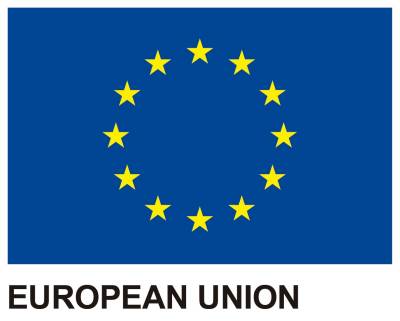The low cost airline operates from 24 airports with 11 bases and over 500 routes and 50 aircraft based in Spanish airports
What was the start of operations in Spain like for Ryanair?
Ryanair landed in Spain in December 2002 with a flight between Girona and Frankfurt. Since then, we have been growing at a tremendous rate, becoming the number one airline in terms of passenger volume since 2011. Spain is one of our main markets and one of the number one world holiday destinations, offering a great range of alternatives, from beach and sun to city getaways.
What was your initial investment on starting operations and how much would you say you've invested since then?
It's difficult to put a number on the investment needed to enter a new market. But I can say the efforts we made have made us the leading airline in Spain since 2011.
How many employees does the company have in Spain and how many jobs has it created in other companies?
Today Ryanair generates 28,000 jobs in Spain and we expect to transport 28 million passengers this year. According to the ACI Report, one thousand on-site jobs are maintained at international airports per million passengers, therefore, our 50 aircraft based in Spain will maintain around 2,500 jobs indirectly.
Has your policy on focusing on small airports changed?
Ryanair will continue to deliver service from a blend of major and secondary airports. Not only have we become more attractive to consumers, but more and more airports of all kinds appreciate what we offer. In fact, our main challenge for the coming year is to have enough aircraft to satisfy the demand, not only of consumers, but of airports all over Europe.
We have already opened new bases in Athens, Brussels Zaventem, Lisbon, Copenhagen and Rome Fiumicino, in addition to Cologne, Gdansk (Poland) and Glasgow last year. A total of 180 new aircraft have allowed us to grow to provide service for up to 120 million new passengers over the next four years. We expect that 50% of this growth will be for major airports. However, we're not going to be flying to Heathrow, Charles De Gaulle and Frankfurt, although any other airport is still a possibility.
You are the first airline to begin regular flights to Castellón. How was that decision taken?
Providing service to an airport where no other airline operates up until now is an interesting experience for us. At Ryanair we are always open to evaluating opportunities that can foster air traffic to different European and Spanish airports. Furthermore, up until now the presence of the company at Castellón has been welcomed by our customers and the evolution in bookings has been very positive.
What is your position among the airlines currently operating in Spain?
We are the number one airline in Spain in terms of passenger traffic and have 16% of the market share. We operate from 24 airports with 11 bases and over 500 routes and 50 aircraft based in Spanish airports. We are different to other European airlines in that we offer the lowest fares, industry-leading punctuality and the largest network of routes in Europe, making us the ideal choice for passengers, whether they are traveling for business or leisure. Plus, for the last year we have been working on the second part of our “Always improving” program, which will enable customers to enjoy an improved experience with new aircraft interiors and a new in-flight menu; fantastic digital improvements such as custom webpages; a faster app; ‘fix the fare’ features and price comparisons and great content on destinations. Ryanair therefore offers much more than the lowest fares.
What is your forecast for growth in Spain over the coming years?
Spain is one of our key markets. 2014 was a record year for us and we want to continue to offer the lowest fares in 2015, and improve customer experience thanks to our “Always improving” program. With our order of 380 new aircraft, no other European airline can match Ryanair's growth capacity. We hope to allocate a share of that growth to Spanish airports, while we continue to expand our network of routes and increase the number of destinations, jobs and tourists in Spain.


